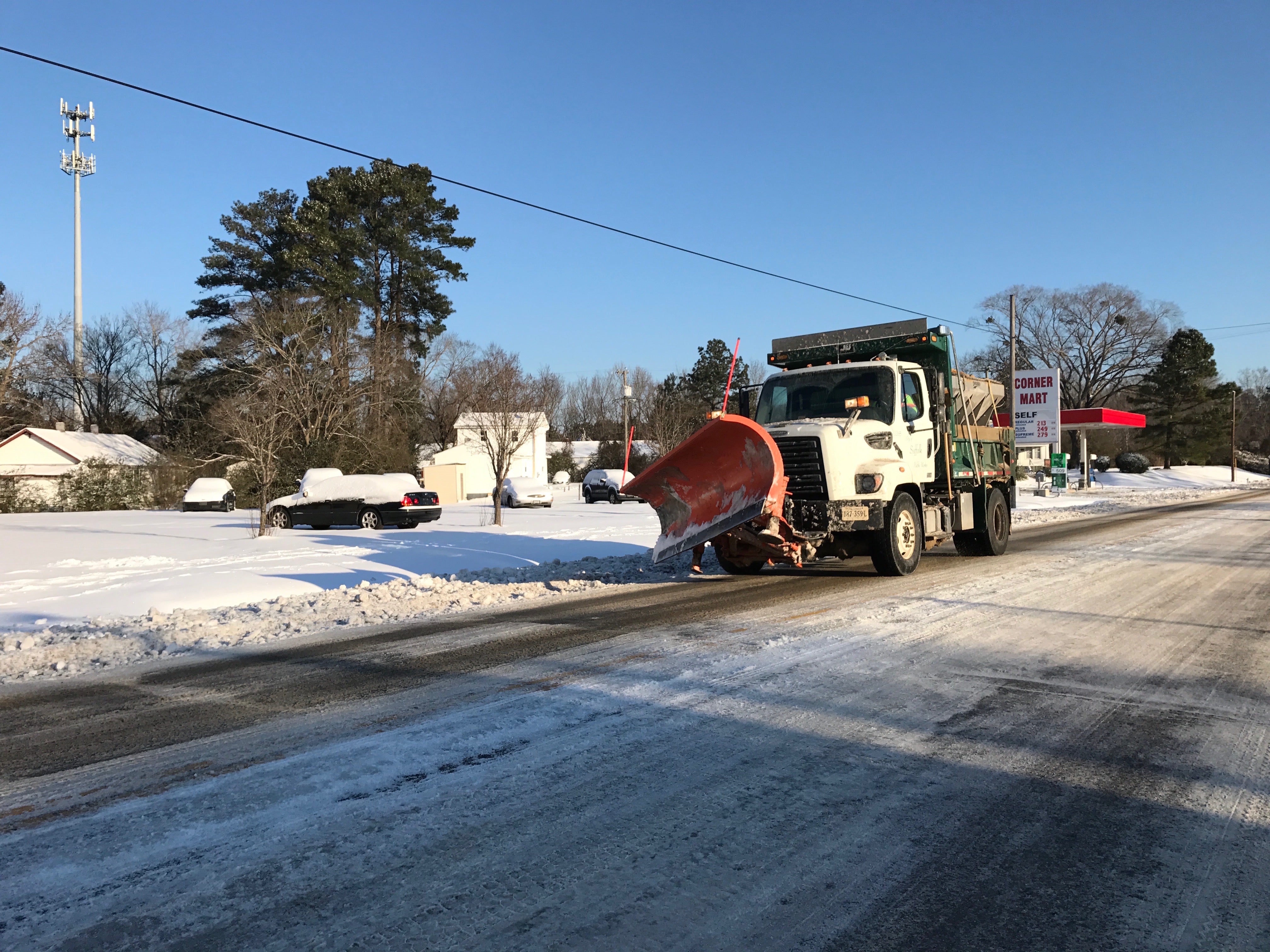At least it’s not 90 below
Published 8:33 pm Monday, January 19, 2009
During the past week or so, I have been reminded that our tolerance as Americans for cold weather is directly related to where we grew up.
One day last week, I was shocked to be awakened at 8 a.m. by my cell phone vibrating to inform me that I had a text message. It was from Ashley McKnight-Taylor, our former managing editor here at the News-Herald, who was raised in Ohio and now lives in Florida.
More shocking was the content of her message. I can’t remember the exact wording, but it was something along the lines of this: “The governor of Florida has declared a state of emergency because it’s going to be in the 30s! Wimps!”
I thought about this on Monday, as meteorologists predicted a little bit of snow on Monday night. (By the time you read this, you’ll know if we got any.) Growing up, I remember anxiously waiting for an announcement of school being closed whenever more than a dusting of snow fell.
In my later formative years, while working as a cashier at Food Lion, I spent many a long day at my register selling mountains of bread and other necessities to droves of customers who had flocked to the store in anticipation of a snowstorm that never came.
Farther up the sliding scale of cold tolerance, however, is the Northeast region of our country, where driving a snowplow is a full-time job all year long, and the rooftops have to be covered before children are released from school. Those people are real troopers. I could never do it, but hey, I guess somebody has to live there.
Even so, no place in America compares to Oymyakon, Siberia, which holds the distinction of being the coldest permanently inhabited place on earth, according to National Geographic. The record low in Oymyakon, which is a few hundred miles south of the Arctic Circle, is -96 degrees Fahrenheit.
Apparently, according to NG, cold and snow are the least of their worries in Oymyakon. One of the worst consequences of living in such a frigid environment is having to rebury coffins that rise to the surface after several periods of the ground thawing and then refreezing. It also takes a couple of days to dig a grave, which involves lighting a bonfire, allowing the ground to thaw a little, then digging a couple of inches and repeating the process.
Looks like we don’t have it so bad here in Virginia – even if it does snow occasionally.



